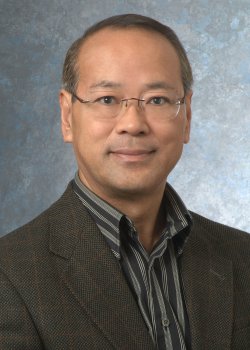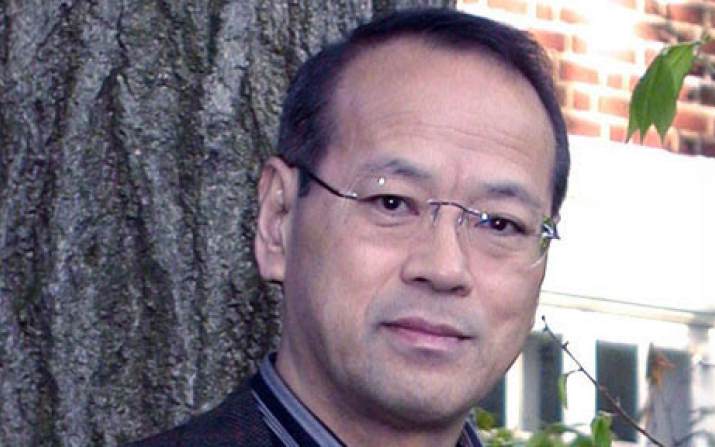
Polymer science pioneer recognized with Hovorka Prize

Hatsuo Ishida has spent nearly 50 years as a faculty member at Case Western Reserve University. In that time, he’s built a reputation as a global leader in the field of polymer science, having pioneered two groundbreaking discoveries that made monumental impacts on the study of polymer-based materials.
Ishida has dedicated his career to understanding, optimizing and creating polymers, publishing 532 peer reviewed journal articles and 12 books along the way. With 19 patents to his name, Ishida’s work has influenced researchers around the globe to further study polymers.
For his far-reaching impact in the field, Ishida will be honored with one of the university’s most prestigious awards, the 2024 Frank and Dorothy Humel Hovorka Prize. As the Peter A. Asseff, PhD, Professor of Organic Chemistry, Ishida sees a special connection.
“I feel particularly honored to have this award that was established to honor [Frank Hovorka] who was also a distinguished professor in the chemistry department,” Ishida shared. “Another pleasure is to stand shoulder-to-shoulder with the past recipients, several distinguished engineering professors.”
The award will be presented during the university’s convocation ceremony on Wednesday, May 15.
Far-reaching research
Prior to the discovery of the molecular makeup of composite interfaces—the areas where two materials come together within a composite material—the concept was dominated by circumstantial evidence and phenomenological studies. That was until 1980, when Ishida provided solid and molecular proof that within these materials, there was a reinforcement mechanism—a component that enhances a material’s strength, stiffness, or thermal resistance—and his discovery changed everything.
“[Ishida’s] pioneering research in this area revolutionized the investigation of composite materials,” one nominator wrote.
Shortly after this accomplishment, Ishida launched the International Conference on Composite Interfaces, and a specialized journal, Composite Interfaces, of which he is still the editor today.
Polymer-based materials span from plastics, fibers and textiles, and packaging to advanced materials; and they have critical uses in the aerospace, automotive and construction industries, among others. Aside from a few, nearly all polymers used today were commercialized prior to 1980. That was until Ishida introduced the newest class of polymers, polybenzoxazines.
As the first commercialized polymer in the new millennium, polybenzoxazines have impressive electrical properties and design flexibility that makes them useful for a wide range of industries. Ishida’s ongoing research focus is dedicated to undercovering how polybenzoxazines can best be used with a focus on developing next-generation aerospace materials.
An enduring impact
Ishida’s research has a global impact that can be seen as the foundation to many other polymer findings. But, the impacts of his work also extend into the world through the thousands of students who have learned from him.
In addition to teaching undergraduate students in his introductory polymer course each semester, Ishida’s lab has trained nearly 200 PhD students, master’s students, postdoctoral scholars and visiting scholars who have gone on to become professors at top research universities or company executives at leading industry businesses. In April, many of them gathered on campus to celebrate his career at the Ishida Symposium.
“I am told that I have academic great-great-grandchildren,” he said. “They are all in a big family.”
About the award
Established in 1994 by the late Dorothy Humel Hovorka, a leader in the arts and community affairs and an honorary member of the University’s Board of Trustees, the Frank and Dorothy Humel Hovorka Prize honors the late Frank Hovorka, who was a distinguished member of the faculty in the Department of Chemistry for many years.
The prize is awarded annually to an active or emeritus faculty member whose exceptional achievements in teaching, research and scholarly service have benefited the community, the nation and the world. The recipient is selected on the recommendation of a committee consisting of previous awardees.
